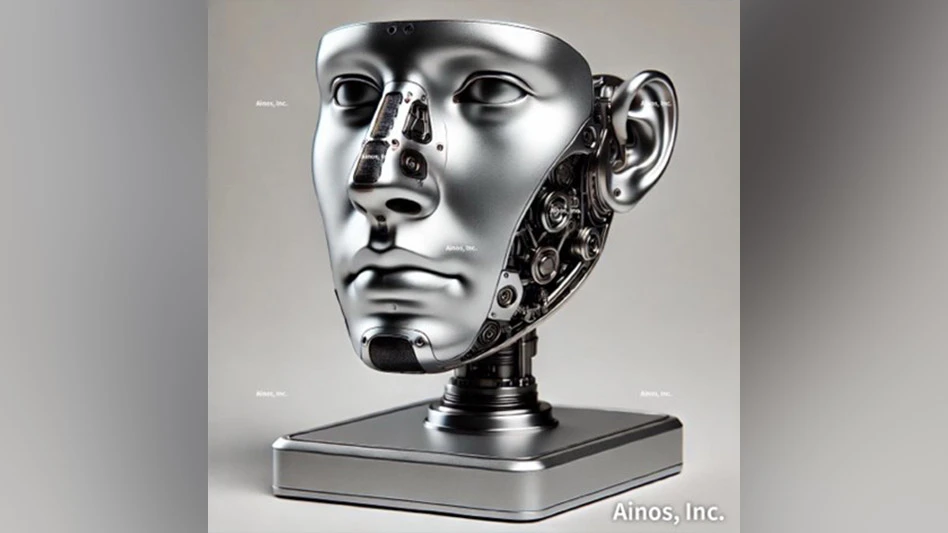 Two Renishaw laser melting additive-metal manufacturing systems – the AM125 and AM250 – are capable of producing fully dense metal parts direct from 3D CAD data using a high-powered fiber laser. Parts are built in thicknesses ranging from 20µ to 100µ, using a range of fine metal powders.
Two Renishaw laser melting additive-metal manufacturing systems – the AM125 and AM250 – are capable of producing fully dense metal parts direct from 3D CAD data using a high-powered fiber laser. Parts are built in thicknesses ranging from 20µ to 100µ, using a range of fine metal powders.
The current range of machines utilize a third-generation design representing state-of-the-art manufacturing technology. Key features include variable powder delivery, ultra-low oxygen content in the build atmosphere, and a safe-change filter system.
Both systems available – the AM125 and the AM250 – feature vacuum technology and low gas consumption, and utilize machine tool engineering in design, operation, and serviceability. Overall, the machines emphasize ruggedness and ease of operation. The touch-screen operator interface features menu options for machine preparation and clean down. Minimization of consumable costs are through features such as the soft re-coater blade that can be rotated several times before replacement, use of low-cost filter elements, and low gas consumption – all of which improve system reliability and cost of ownership.
Renishaw additive-metal systems process a wide variety of materials, including 316L and 17-4PH SS, H13 tool steel, aluminum Al-Si-12, titanium CP, Ti-6Al-4V and 7Nb, cobalt-chrome (ASTM75), and Inconel 718 and 625. The design of both systems are for rapid material changeover, with the AM125 utilizing a cassette type materials delivery system and the AM250 a removable hopper – particularly useful for materials development or use of a range of materials. To enhance productivity, a valve interlock on the AM250 allows the addition of extra powder while the process is running. Ensured safe processing of reactive materials, such as titanium and aluminum, is from built-in features, such as a gas knife that clears away reactive, sooty emissions, and a heated build plate.
Both machines feature a fully welded vacuum chamber, enabling low-pressure evacuation followed by a recharge with high purity argon gas. Gas consumption, after the initial chamber flood, is extremely low, and allows operation at oxygen concentrations below 50 parts per million – crucial when processing reactive materials, and contributing significantly to material integrity and mechanical performance.
Completion of all file preparation is off-line through a choice of interface, either Marcam Autofab software or Materialise Magics. Once complete, the build file uploads to the machine via a secure network or direct connection. Improvements to product traceability are from the addition of process data and event logging as standard, with various additional process control options on request.

Renishaw Inc.
Hoffman Estates, IL
www.renishaw.com
Watch a short video on the AM250 in action at http://bit.ly/X7dF36.

Explore the March 2013 Issue
Check out more from this issue and find your next story to read.
Latest from Today's Medical Developments
- German robotics and automation in a downturn
- Blueshift’s AeroZero
- November USMTO grow from October
- Platinum Tooling’s custom and special tooling
- Top 5 global robotics trends 2025
- Accumold’s micro molding innovations
- Methods Machine Tools, Multiaxis, announce AI solution investment
- MGS to showcase global expansion and healthcare CDMO expertise





